The Guy Who Owned The Position On “Positioning”
by Fred Jacobs · October 14, 2022
Like a lot of people who have worked on the strategic side of the radio business, I’ve collected a lot of marketing books over the years. Like many strategists, I’m always looking for another angle – a new way to think about the marketing of radio. And of course, we’re all looking for that Holy Grail book that will guide us.
Later in this post, I’ll give you a list of my top 5 media marketing books. I’m not recommending you buy them or even read them. But each has played a role in shaping my media “world view” over the years.
I believe the first one that truly hit me between the eyes was the Ries & Trout classic, “Positioning: The Battle For Your Mind.” The book was first published in 1980, and probably did more to shape the thinking of radio programmers during that decade – and beyond. While AdAge ranked it at #56 on its list of the 75 most important marketing books, “Positioning” took the #1 position in a 2009 AdAge reader poll. I suspect if you queried radio station executives of a certain age, “Positioning” would win the same honor.
Up to the point Ries and Trout arrived on the scene, many radio stations marketed themselves based heavily on what they did, rather than “the hill” they wanted to win – or “own.” Ries and Trout’s “positioning” philosophy was to (hopefully) be first-in on a position, and then lock it down, on and off-air. The consumer is bombarded with marketing messages, so it’s all about the perceptions of your audience and your market.
Last week, Al Ries passed away at age 95. Jack Trout died in 2017. Together these two marketers rocked the world of advertising…and radio. Interestingly, they were known as “marketing mavericks” when they first began espousing their “controversial new idea,” as AdAge put it.
Bill Moyes, who ran “The Research Group,” was an especially big proponent of Al Ries and Jack Trout’s thinking, a core component of his marketing model. And the “Coleman Pyramid” – 40+ years later is very much leveraged on the “positioning” core philosophy.
The “base” of their pyramid has always been about owning a music or spoken word format position. It’s what a radio station must do first, before developing personality, creating contests, or marketing the product.
It was certainly front and center when I launched the Classic Rock format just a year or so after “Positioning” was first published. It was abundantly clear to me – thanks in no small part to the writings of Al and Jack – that my client stations had to circle their marketing wagons around being “THE Classic Rock Station.”
And their thinking served me well as I marketed my own services in ads and columns that appeared in the radio trades. Becoming “the Classic Rock guy” was a position I staked out.
In radio, Ries and Trout seemed to show up at the conference room table for all key strategic meetings – at least in spirit.
“What’s your position?” “Is there a position?” Can you own (or win with) that position?” were the FAQs that dominated most discussions – back then and even today.
And of course, there was the corollary – RE-positioning your competitor. That reverse strategy became popular as well. If a station could recast its opponent in the mind of the consumer, that was a perfectly legitimate marketing goal.
In their heyday, Ries and Trout attracted an impressive array of clients, including Apple, Disney, Ford, and Samsung. Like any major philosophers, the duo attracted critics as well – especially at the agency level, where creative teams could get a bit bent out of shape by Ries and Trout’s advice and prognostications. One creative officer sarcastically noted, “They position themselves as the Moses of the marketing world.”
And Al Ries is quoted with his apt comeback, “Many times, an agency refuses to accept a strategy because it wasn’t ‘invented there.'”
The duo went on to write several other marketing books, including another of my favorites, “The 22 Immutable Laws of Marketing.” You’ve heard me quote it on many occasions and blog posts.
Ries and Trout eventually split up, and Ries went into business with his daughter, Laura, becoming Ries and Ries, and later just Ries. (The name itself conveyed their position.) Laura told AdAge:
“My father, my mentor, my partner. He loved his family and his work, and with me those two collided. The education he gave me was priceless.”
There are many radio and media programmers, managers, and strategists nodding right along, most of whom learned the principles of “Positioning,” applying them with skill in familiar situations pitting radio station versus radio station.
But in the multi-dimensional media world in which radio finds itself struggling in now, too many have apparently forgotten the lessons they first learned from Ries and Trout.
What is broadcast radio’s position in the expanded media ecosphere of today – and tomorrow? What position can radio “own” in a media maelstrom that includes streaming, podcasting, video, gaming, and other entertainment verticals? What is it that radio does better/differently than everyone else?
Maybe it’s time to re-read “Positioning.”
My five favorite marketing books, not in any particular order:
Ries & Trout’s “Positioning: The Battle For Your Mind” – Explained above.
Seth Godin’s “Purple Cow: Transform Your Business By Being Remarkable” – A brilliant little book that reminds readers brands won’t capture attention and stand out unless they truly do remarkable things. I also love Seth’s “Permission Marketing.
Spencer Johnson’s “Who Moved My Cheese?” – An amazing little parable about opening one’s eyes to change. It works for individuals, as well as for entire industries. As digital grew in magnitude but many radio executives denied it was happening, I often thought of the “radio cheese room.”
Stephen R. Covey’s “The 7 Habits of Highly Effective People” – Published in the late 90’s, this one resonated with a lot of people, listing those admirable qualities that lead to success. Perhaps my favorite is “Begin with the end in mind,” a key step many skip over. As a consultant, it is always necessary to know what a win looks like. Surprisingly, many people – even within the organization – don’t know.
John Naisbitt’s “Megatrends: 10 New Directions Transforming Our Lives” – One of the older books in this group, “Megatrends” was published in 1982. It convincingly made the point the socioeconomic (and geopolitical) forces in our world impact our lives, our careers, our businesses. If you think about America and the world in the past 5 or so years, it is hard to ignore these forces, whether we’re talking political change, health, climate, and so many others.
I know many of you have other favorites, or will be aghast I missed an obvious one. So, please use “comments” below to let me know what I – and JacoBLOG readers – are missing.



